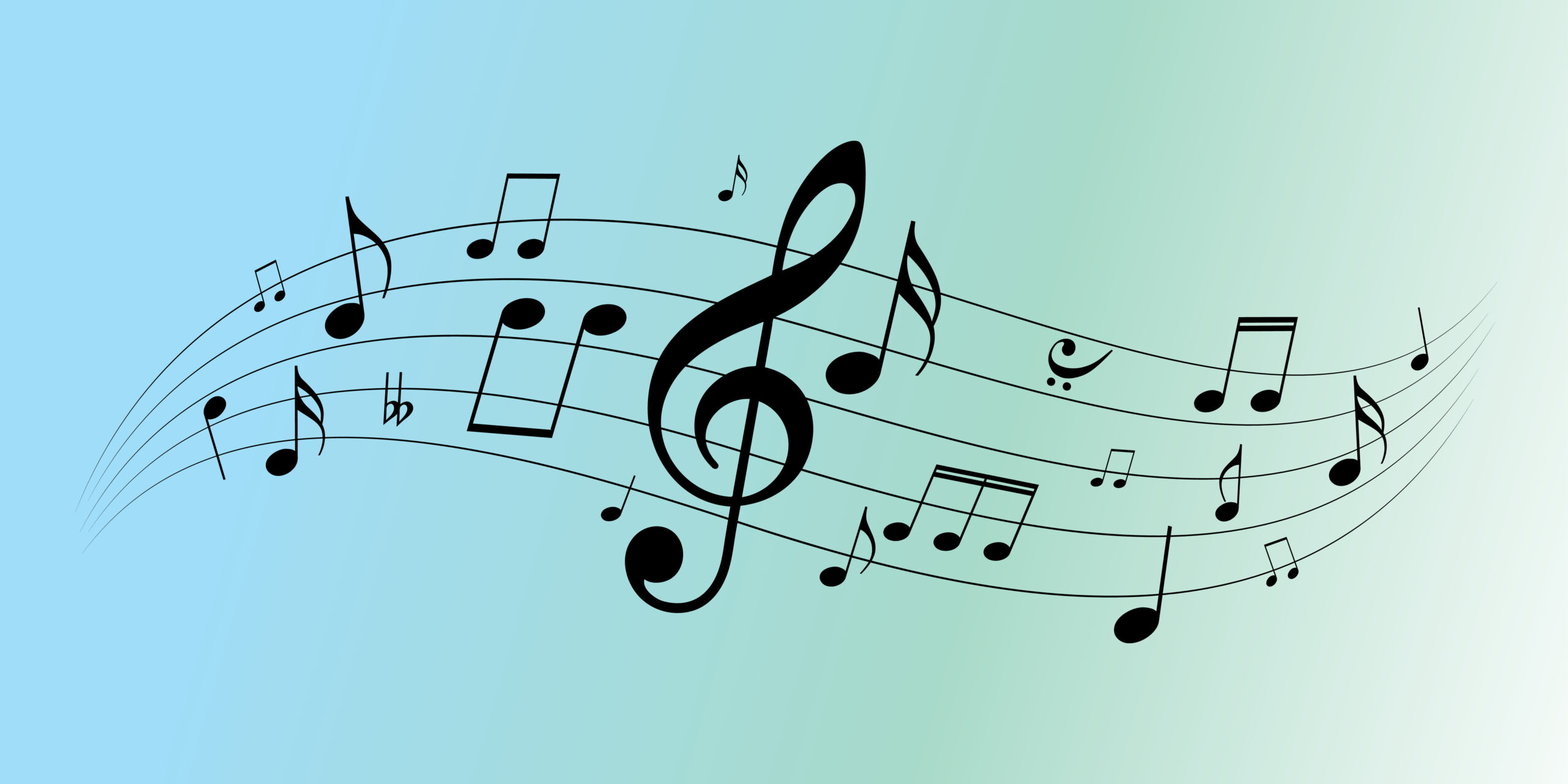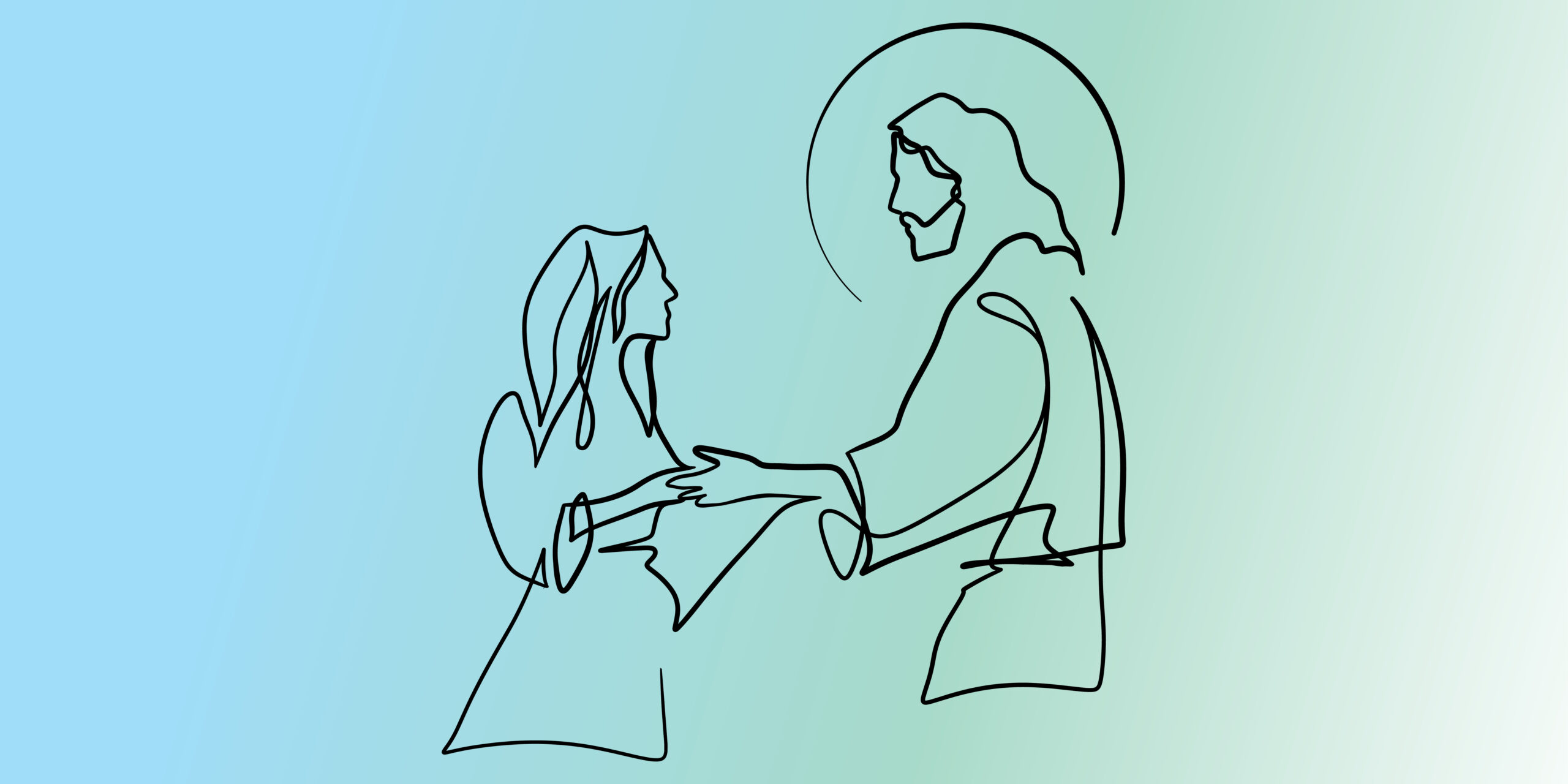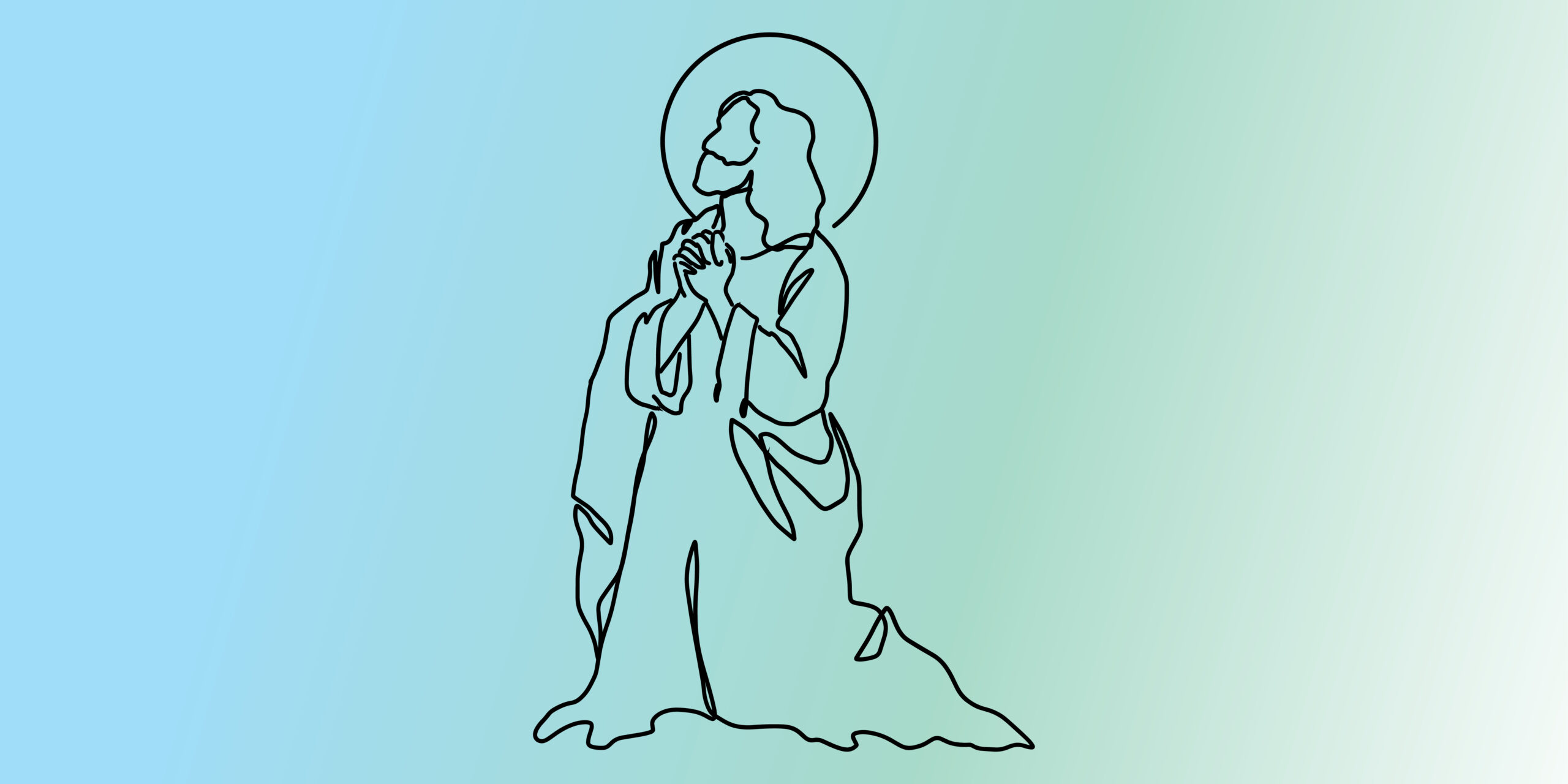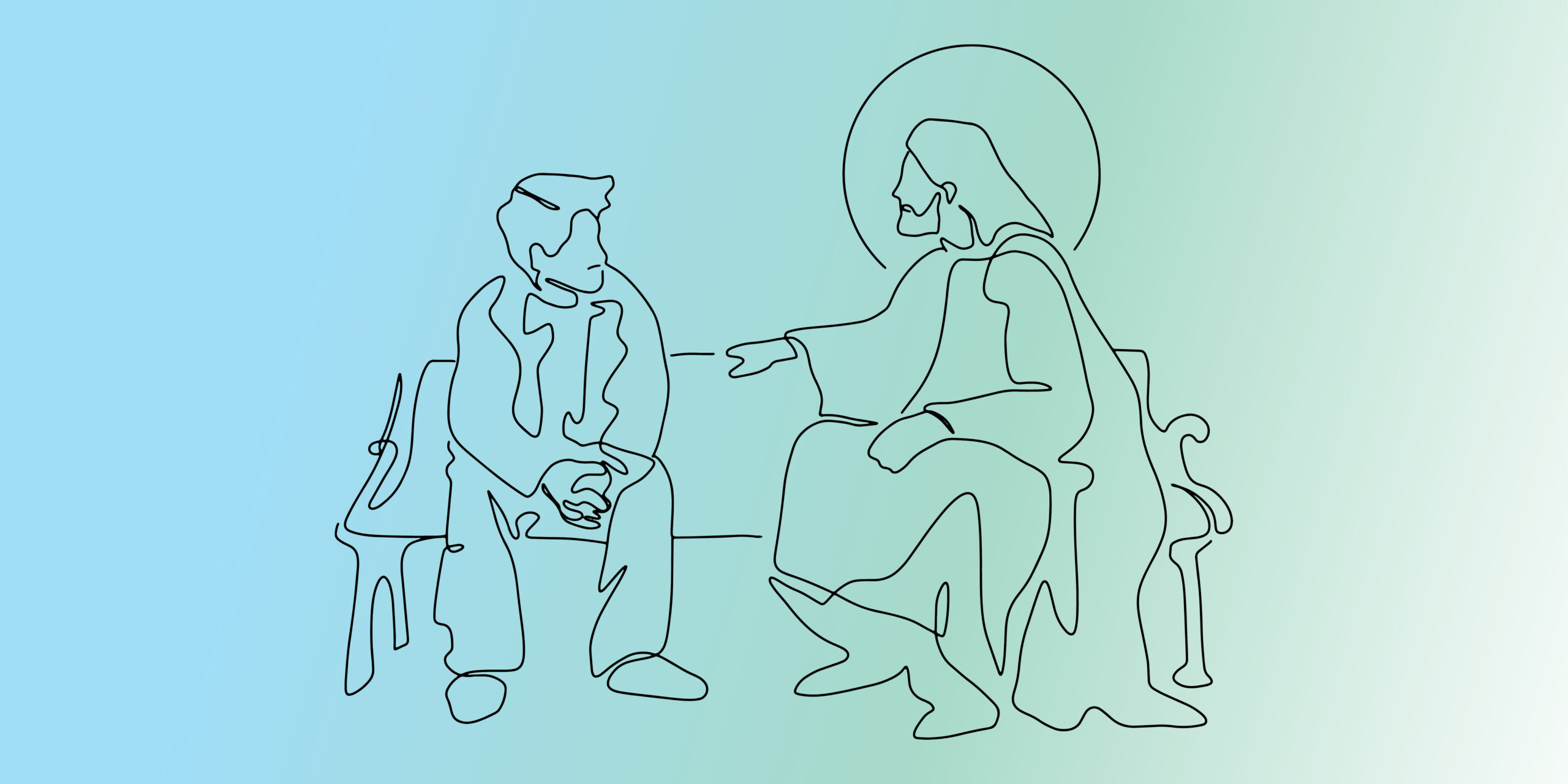Originally published in the GIA Quarterly, Volume 35, Issue 2
“Broken for the Broken”
SINGING THE COMMUNION PROCESSIONAL TOGETHER IS an important way for the assembly to experience its unity asthe Body of Christ. This “becoming Christ” happens over time as the assembly celebrates the Eucharist week by week, seasonby season, year by liturgical year. For this reason, it is import-ant to choose Communion hymns that are both beautiful and appropriate to the ritual moment.
“Brokenness” is the central image of this inspiring Communionprocessional by Chris de Silva. Indeed, as the hymn unfolds, itsmany layers of meaning become clear. The refrain immediatelyintroduces the image, “broken.” It is repeated not only in the refrain but also in each of the nine stanzas. It is Christ who willedto be broken for love of humanity, especially the poor. When wecelebrate Eucharist, we proclaim Christ’s death—that is Christ’s“brokenness” for us. The Eucharist, as feast of our salvation, is sign of Christ’s love poured out for all humankind.
BE WHAT YOU CAN SEE
The main point of this amazing truth of Christ’s self-emptying,especially for the poor and the broken, is the challenge that it poses to the assembly. When we receive Christ in his brokennessin the Eucharist, we assent to transformation. Each stanza, withvariations, concludes with the acknowledgment that “doingEucharist” calls each member of the assembly “to be Christ for each other, broken for the world.” This realization echoes the words of Augustine, who, in his Sermon 272, challenged hisown faith community to “be what you can see and receive whatyou are.” After all, the purpose of changing the bread and wine into the body and blood of Christ is so that the assembly itself might be transformed into Christ.
The act of partaking of the Eucharist signals our desire and willingness to be transformed into Christ. Christ is brokenfor us; we, in turn, must become broken for one another, but especially for those who bear the greatest suffering. The first sixverses enumerate the many aspects of humankind’s brokenness.These include, among others, being hungry and thirsty, abused, the face of such suffering, the Body of Christ, the Church, iscalled to serve, love, help, and care for the broken among usand around the world.
Stanzas seven through nine turn the assembly’s focus to the ritual moment of Communion: As we break this bread andtake this cup, Christ calls us to change, to become Christ. As we break open Christ’s word, we pray that our hearts become transformed so that we have the courage to follow the broken Christ, to share the broken Christ, to become the broken Christfor our broken world.
RECEIVE WHAT YOU ARE
The spirit of this hymn resonates with John’s Gospel. Innarrating the Last Supper, the evangelist highlights the footwashing rather than the words of institution. This is the Gospelproclaimed on Holy Thursday. Being “broken for the broken” is the task of a foot washer.
The music that de Silva composed for his text is hauntingly beautiful. There is a poignancy about it that enables us to get in touch with the depth of Christ’s love, the seriousness of the Christian vocation, and the depth of human suffering. Theeighth-note movement and lyricism of the melody capture the imagination and may well stay with the worshiper long afterthe hymn is concluded.
This hymn has been published as an octavo in the CelebrationSeries. The arrangement includes two-part mixed voices forchoir and assembly. Keyboard and guitar accompaniment are included with optional parts for two violins, viola, and cello.The hymn has been published in RitualSong, 2nd edition, and Gather, 4th edition. It is also included in the collection WithGreat Love by Chris de Silva.

JUDITH M. KUBICKI, CSSF, PHD, serves as Provincial Minister for the Felician Sister of North America, Our Lady of Hope Province, and associate professor emerita of theology at Fordham University, New York.






